Clinical Chemistry

Glycemic Markers Influenced by Chronic Kidney Disease
Chronic kidney disease (CKD) is estimated to affect about 10% of the general adult population and is even more prevalent in diabetic patients. It is estimated that 20%–40% of individuals with diabetes have moderate to severe CKD, ranking diabetes as the leading cause of end-stage renal disease (ESRD) and an important risk factor for morbidity and mortality in dialysis patients. More...18 Feb 2020
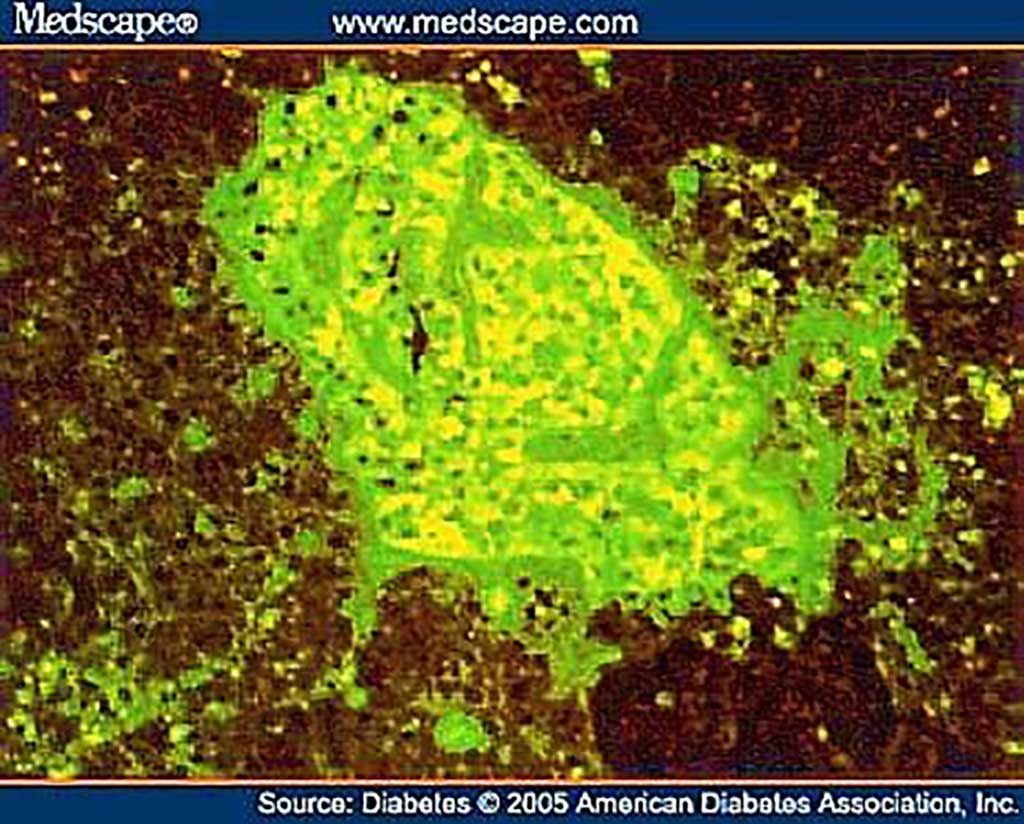
Islet Autoantibody Screening Reveal Pediatric Type 1 Diabetes Risk
Type 1 diabetes (T1D) is a chronic progressive autoimmune disorder with complex polygenic susceptibility, usually associated with certain HLA alleles (IDDM1 locus). Progression to T1D is typically marked by the presence of islet-specific autoantibodies in the serum. In humans, autoantibodies are present months to years before disease onset. More...17 Feb 2020
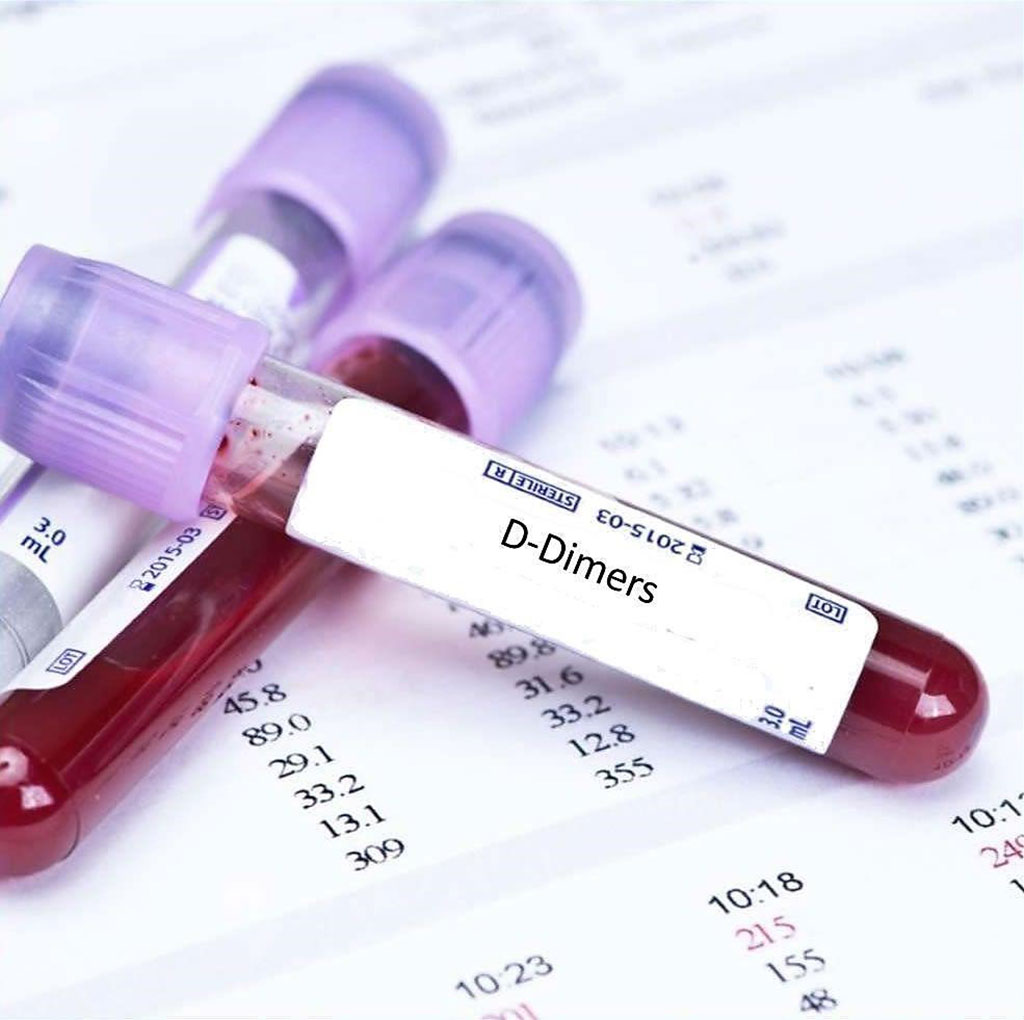
D‐dimer Levels Predict Ischemic Stroke in Infective Endocarditis
Infective endocarditis (IE) is a life‐threatening disease, especially in developing countries. IE may present many extra‐cardiac symptoms or signs, in which neurological complications are the most prominent and severe. More...17 Feb 2020
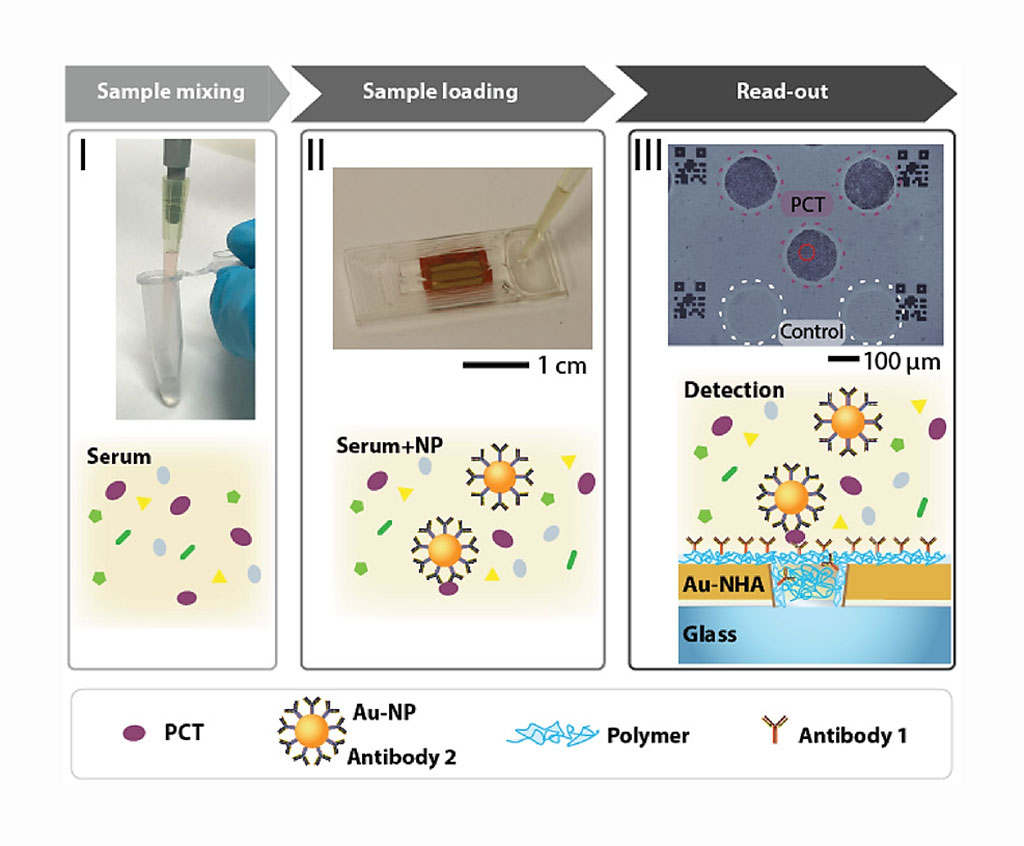
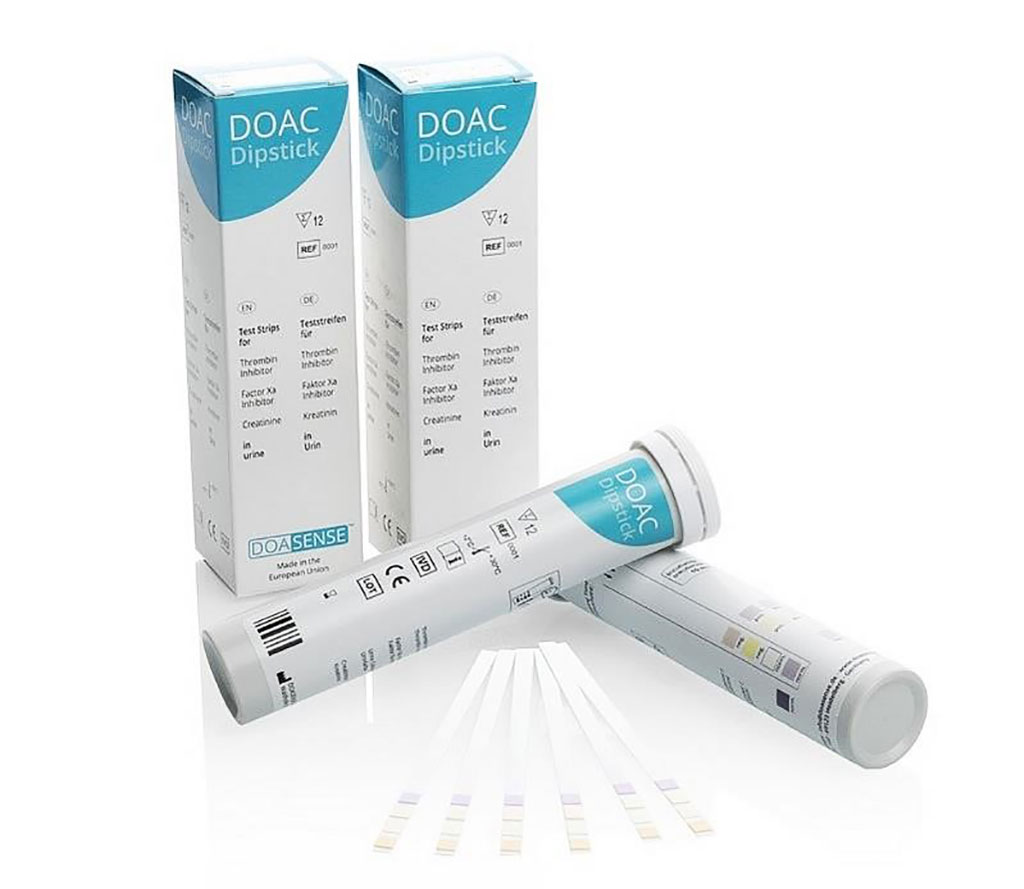
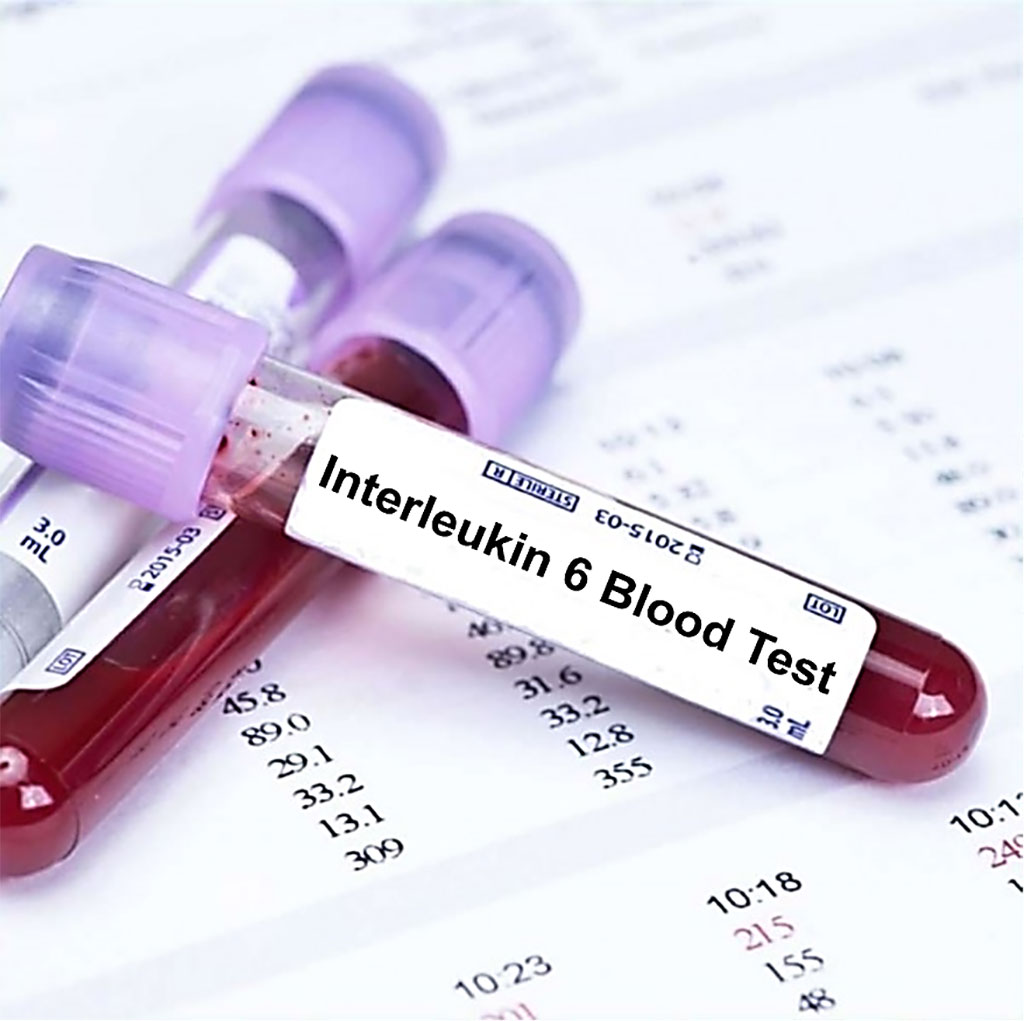
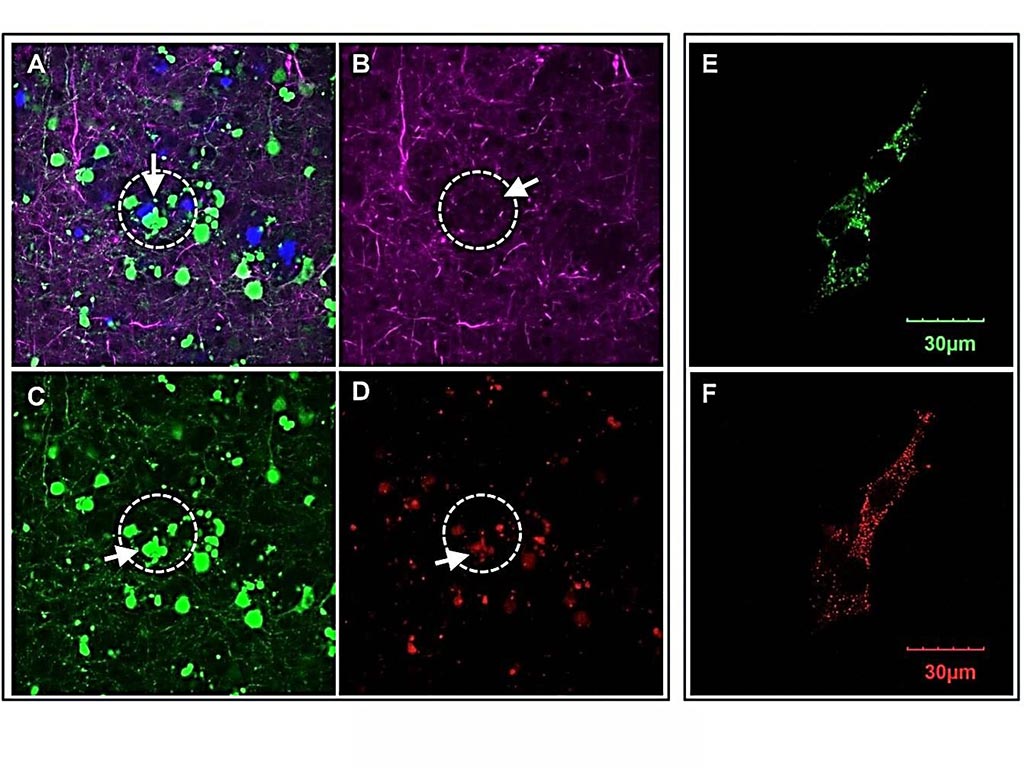
Ovarian Cancer Protein Contributes to Alzheimer`s Disease Neurodegeneration
Alzheimer's disease is a complex neurological disorder with pathological hallmarks of hyperamyloidosis (senile plaques), neurofibrillary tangles containing hyperphosphorylated tau, and extensive neurodegeneration in the brain. More...30 Jan 2020
In Other News
Semi-Automatic Isoelectric Focusing Evaluated for Apolipoprotein E Phenotyping
Urinary Method Detects Toxin Exposure from Harmful Algal Blooms
Metabolic Syndrome Associated with Increased Blood Clot Recurrence Risk
Molecular Characteristics of Leptomeningeal Melanoma Metastases Identified
Higher Female TSH Associated With Lower Mannan-Binding Lectin
Cardiac Blood Test Predicts Post-Surgical Outcomes
Rapid Diagnostic Test for The Detection of G6PD Deficiency Evaluated
Presepsin Concentrations Predicts Commensurate Decline in Kidney Function
Biochemical Markers Affected by Adiposity in Children
Hepatic Dysfunction and Coagulopathy Quantified in Fatal Dengue Fever
Value and Use of Urinalysis for Myoglobinuria
Novel Point-Of-Care Procalcitonin Assay Performance Analyzed
Three Factors Distinguish MODY, a Rare Diabetes, in Youth
Pulmonary Embolism Diagnosed by Improved Interpretation of Blood Tests
Marker Panel Detects Early Liver Cancer with Increased Sensitivity
Blood Sphingolipidomics Associated with Lupus Cardiovascular Comorbidity
New Biomarker Discovered for Cancer Stem Cells
Uremic Toxins Level Measured in Parkinson’s Disease Patients
Next Generation Glycated Hemoglobin Assay Evaluated
Effect of Lipoprotein(A) on the Diagnosis of Familial Hypercholesterolemia
Chemical Analysis of Blood Samples Diagnoses Brain Tumors
Novel Nanosensing Technologies Developed for Exosome Detection and Profiling
Routine Blood Parameters Predict Invasive Aspergillosis Prognosis
The Clinical Chemistry channel updates the reader on tests, techniques, and research in the field - from routine assays to specialized tests on blood, urine, enzymes, lipids, hormones and more.










